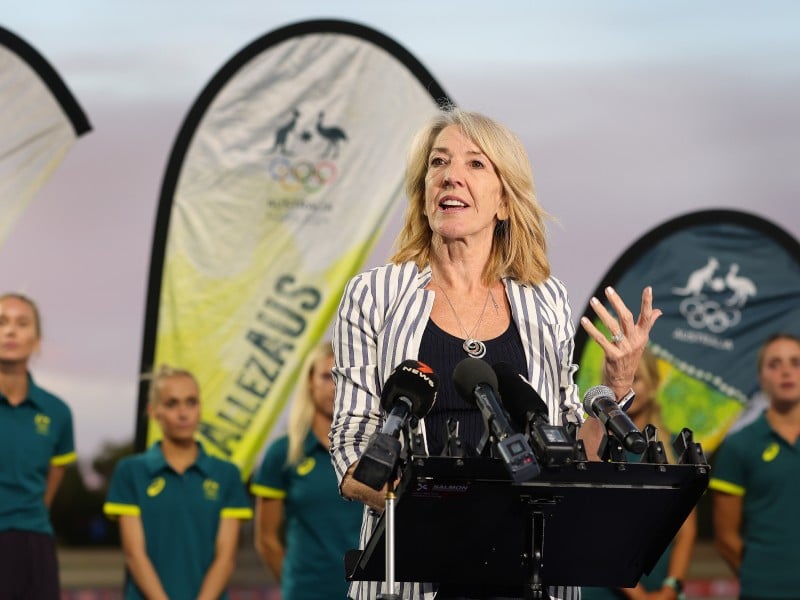Canberra’s insurance lifeline sets scene for capital resurgence
The number of horses trained in the Australian Capital Territory is on track to double, with a breakthrough in a workers’ compensation scheme issue set to end years of crippling costs for trainers.

The ACT Labor government has delivered on a 2024 election promise that will provide much-needed financial relief to Canberra stables under workers’ compensation reforms.
In a long-overdue move that will save existing trainers thousands of dollars on the cost of annual insurance premiums, a bill passed in the ACT Legislative Assembly also promises to create new opportunities for stables to open at Thoroughbred Park.
The changes in legislation will enable Canberra Racing to access the government’s default insurance fund, aligning costs with those of other Australian racing jurisdictions.
Canberra-based thoroughbred businesses have long been paying the highest percentage of gross wages in workers’ compensation in the ACT.
Premiums were up to thirty times the cost of those of their counterparts in NSW.
Because there is a limited number of racehorse trainers in the ACT who employ staff in a high-risk workplace, exorbitant insurance premiums became a financial drain – and a fact of life – for many Canberra stables.
The situation has forced several high-profile trainers, including Nick Olive and Matthew Dale, to relocate to NSW to escape the crippling costs.
For those who have stayed, many have been running their businesses at a loss for several years.
The ACT’s government-administered default fund was established for instances when an insurer goes bankrupt or if an employer fails to cover a worker who subsequently gets hurt.
Access to the fund will make the cost of premiums on par with what NSW trainers have been paying.
“The government has passed legislation that allows it to help industries where they can’t get competitive insurance in the ACT or that the government wants to support strategically to be insured by the government through the default fund,” Canberra Racing Club chief executive Darren Pearce told The Straight.
“And the government can set the pricing on that. What we’ve asked them to do is put our trainers on a level playing field with the NSW trainers, who they’re racing with and against every day of the week.
“They don’t lose anything. They receive full protection, just like all other ACT workers, which is great. Our trainers will be able to access the default fund to ensure and be benchmarked to the same rates as NSW trainers.
“So after a bit of a journey, we’re very grateful that the government listened and came up with a solution that’s good for us – and the workers who will get full cover.”
As trainers left the ACT because of spiralling costs to relocate their stables in NSW, the number of horses in work in Canberra plummeted to 170.

There are now 300 on the books, and Pearce says there is every indication a capacity of 350 will be reached before the end of the year.
“It’s a real win for the sustainability and competitiveness of racing in Canberra for the long term,” he said.
Stories of long-time trainers paying more than 40 per cent – an astronomical sum according to small business experts – of gross wages in workers’ compensation, painted a grim picture for ACT racing.
They were paying the highest of any trainers in Australia as a percentage of gross wages.
“This is really a victory for them,” Pearce said. “They needed someone to carry the message to government, and that fell on me, so it is a satisfying outcome.
“Something had to give, and we’re just grateful that the government has supported the case we put forward.
“It’s just really positive to be able to deliver something that’s so meaningful to the trainers here for the sustainability of their business.
“It sets them up for the long term with an ability to run a good business and invest back into it.”
The new scheme is expected to be a significant driver of the ACT economy, extending beyond the thoroughbred industry.
While having extra horses in work will mean more stable staff, an increased horse population will create a need for ancillary services, such as veterinarians and farriers, as well as businesses that deal primarily with the logistical side of the industry.




